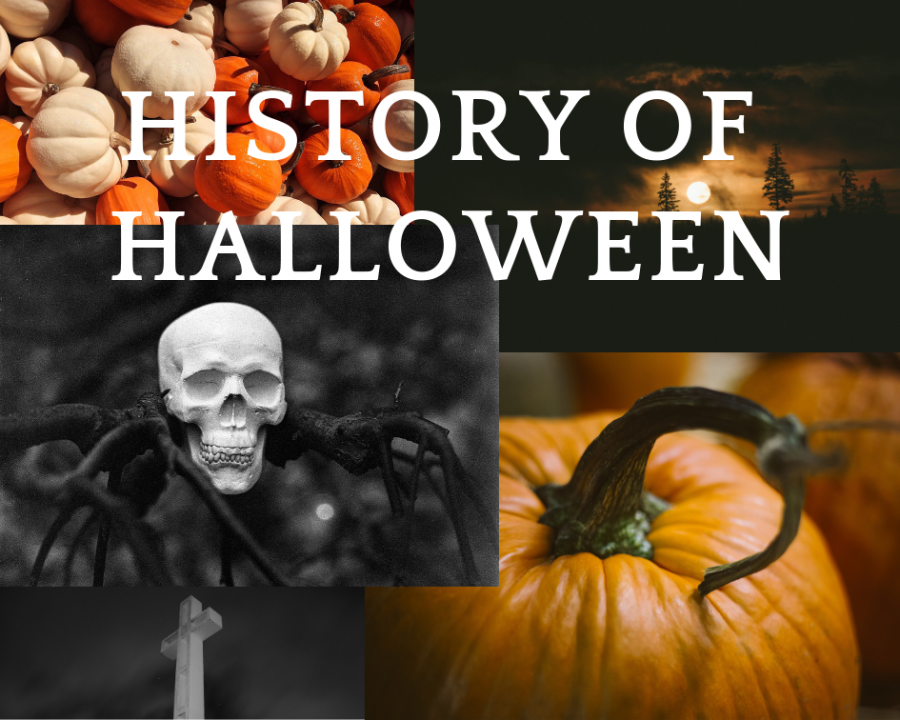History of Halloween
October 22, 2018
Halloween is a much loved holiday celebrated in many countries, and appears across the world in different variations.
The Halloween we know and love here in the United States is descended from an from an old celtic holiday called Samhain (pronounced saw-in), celebrating the end of the harvest season and the beginning of the darker half of the year.
During Samhain, families aimed to honour their ancestors and invite them back into their homes, while at the same time warding off evil spirits.
The wearing of costumes and lighting of bonfires was said to dissuade evil phantoms and protect homes from dark intentions. Most costumes were made to look like devils and ghosts, that way the evil spirits would think that the costumed individuals was one of them and leave them be.
In fact, the first jack ‘O lanterns, which were made of turnips, were used like charms to keep away malignant energies.
The roots of the adored “trick or treating” is slightly more recent.
According to an article by History.com, “by the ninth century, Christianity had spread into Celtic lands, where it gradually blended with and supplanted older pagan rites. In 1000 A.D., the church designated November 2 as All Souls’ Day. Poor people would visit the houses of wealthier families and receive pastries called soul cakes in exchange for a promise to pray for the souls of the homeowners’ dead relatives.”
It would seem that some rendition of a ghostly holiday is prevalent in nearly every nation.
Around the world, there are many variations of a tradition similar to Halloween, for example, Dia de los Muertos in Mexico, the Festival of the Hungry Ghost in various parts of Asia, Borgo a Mozzano in Italy, Daimonji in Japan, Gai Jatra in Nepal, as well as many others.
However you celebrate, remember that this cheeky and fun holiday used to be a serious way for preventing your descendants from being cursed, and you should thank your ancestors.


